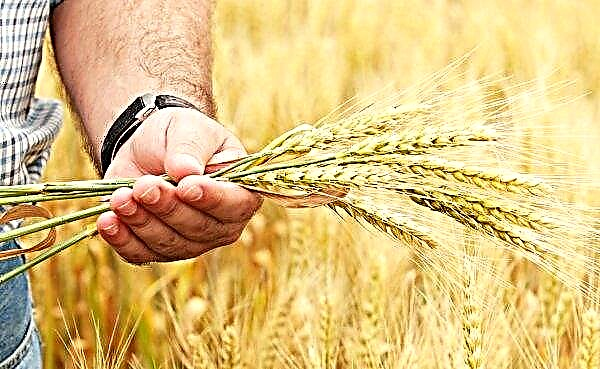In Zimbabwe, thousands of farmers from 2000 to 2001, under the state land reform program, were forced to leave their farms, sometimes forcibly.
Between 2,000 and 3,500 farmers were expelled from their farms, with some having only clothing on their bodies. For many years, farmers' claims for compensation have largely been ignored, but lately things have begun to change.
The government of President Emmerson Mnangagwa has committed affected farmers to make a provisional interim payment of $ 16 million. At the same time, a group of farmers, united in the Union of Commercial Farmers (CFU), believes that this amount is far from sufficient - the Union claims that its members should be paid compensation in the amount of up to $ 9 billion.
The need to pay compensation is recorded in the Constitution of the country, adopted in 2013, and it began under President Mugab, but only in parts. Authorities legally committed to pay for infrastructure such as buildings and dams, but refused to pay compensation for movable assets such as tractors and irrigation pipes.
The government said it would not compensate farmers for the cost of lost land, which has always been one of the main elements of contention. In 1980, Zimbabwe gained independence from the rule of the white minority. At that time, most of the country's arable land belonged to approximately 4,000 farmers.
The aim of the land reform, aimed at redistributing the “white property” land in favor of black farmers, was to correct colonial mistakes. In 2000, the government began the actual confiscation of the land of white farmers. To date, the question of land ownership remains the most exciting in Zimbabwe.












